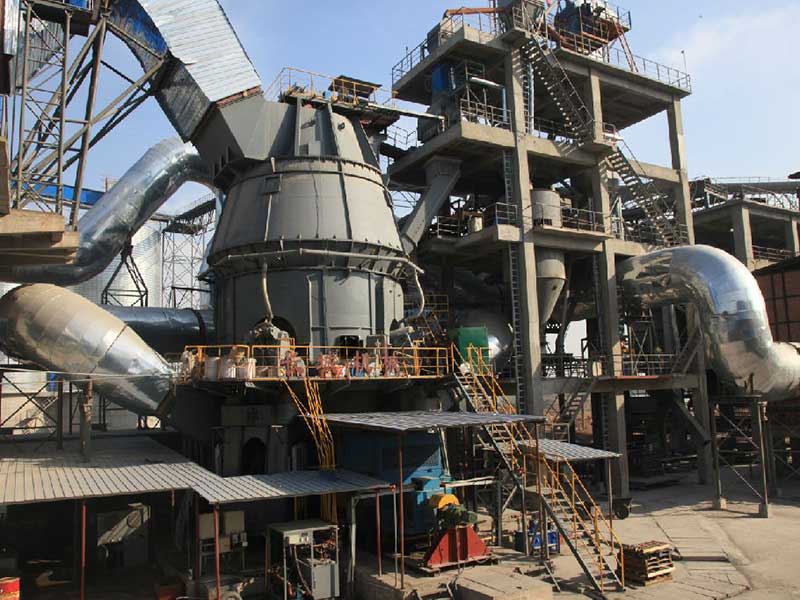In today’s fast-paced industrial world, efficiency and precision are the foundations of profitability. For companies involved in cement production, mining, and industrial grinding, the Vertical Roller Mill (VRM) has become a game-changer. This advanced grinding technology delivers higher output, reduced energy consumption, and consistent product quality — making it the preferred choice for modern cement plants. In this article, we’ll explore the key principles of Vertical Roller Mill operation, discuss efficiency tips, and understand why many industry professionals trust Cementl for high-performance VRM solutions.
Understanding the Vertical Roller Mill
A Vertical Roller Mill is an advanced grinding machine that uses a combination of pressure and shear forces to crush and grind raw materials such as clinker, slag, and limestone. Unlike traditional ball mills, which rely on tumbling action, a VRM uses vertical pressure exerted by rollers on a rotating grinding table. This design significantly improves energy efficiency while delivering finer and more uniform particle sizes — ideal for cement manufacturing and other mineral processing applications.
The Vertical Roller Mill design includes four key components: the grinding table, rollers, classifier, and drive system. Each plays a critical role in determining the final product quality and energy consumption. The classifier helps separate fine particles from coarse ones, ensuring only properly ground material moves forward in the process. Meanwhile, the hydraulic system maintains the necessary grinding pressure for optimal performance.
Key Principles of Vertical Roller Mill Operation
Understanding the operating principles of a Vertical Roller Mill is essential for maintaining consistent performance and product quality. Here are the core principles every operator should know:
- Stable Bed Formation – A stable grinding bed is the foundation of efficient VRM operation. Operators must ensure that feed material is evenly distributed and moisture content is balanced to avoid vibration and excessive wear.
- Proper Grinding Pressure – Maintaining the correct hydraulic pressure ensures efficient grinding. Too much pressure increases wear, while too little reduces grinding efficiency and output.
- Airflow Control – The airflow through the mill is vital for material transport and drying. Proper air volume helps maintain the right temperature and prevent material accumulation in the separator.
- Temperature Management – Controlling the mill’s temperature is crucial to prevent excessive heat, which can affect the cement’s setting properties and mechanical strength.
- Regular Maintenance and Calibration – Routine inspection of rollers, liners, and lubrication systems prevents unplanned downtime and extends the lifespan of your Vertical Roller Mill.
Efficiency Tips for Better Performance
Even the most advanced Vertical Roller Mill can underperform without proper operation and maintenance. Below are proven efficiency tips to help you get the most out of your VRM system:
- Optimize Feed Size – The smaller and more uniform the feed size, the easier it is for the rollers to grind efficiently. Pre-crushing can reduce energy consumption by up to 20%.
- Monitor Vibration Levels – Unusual vibration can signal uneven feed or worn rollers. Use vibration sensors to detect and correct issues before they escalate.
- Adjust Classifier Speed – Fine-tuning the classifier speed can help control product fineness. Slower speeds produce coarser material, while higher speeds improve fineness and consistency.
- Maintain Proper Lubrication – The bearings and hydraulic systems in a Vertical Roller Mill require continuous lubrication. Clean oil and filters reduce friction and extend component life.
- Train Operators Regularly – Skilled operators who understand process variables can quickly respond to changes, ensuring stable production and minimal energy waste.
Why Choose Cementl for Vertical Roller Mills
When it comes to reliable and efficient Vertical Roller Mill solutions, Cementl stands out as a trusted industry leader. The company specializes in high-quality grinding technology designed to improve productivity and reduce operational costs. Cementl’s Vertical Roller Mill systems are known for their robust construction, precise control systems, and exceptional durability — making them ideal for cement plants seeking long-term performance and energy savings.
Cementl also provides comprehensive after-sales support, including installation assistance, maintenance services, and operator training. Their team of experts ensures that every Vertical Roller Mill operates at peak performance from day one. By combining cutting-edge technology with decades of experience, Cementl helps industries achieve sustainable production and higher profitability.
Conclusion
Mastering Vertical Roller Mill operation is not just about understanding machinery — it’s about optimizing every aspect of the process for maximum efficiency, durability, and cost savings. From maintaining stable grinding conditions to ensuring proper airflow and maintenance, every small detail contributes to the system’s overall performance. Whether you’re upgrading your existing grinding system or investing in a new one, Cementl’s Vertical Roller Mill technology offers the reliability, precision, and efficiency you need to stay ahead in today’s competitive industrial landscape.
Keep an eye for more latest news & updates on Touch Cric!

